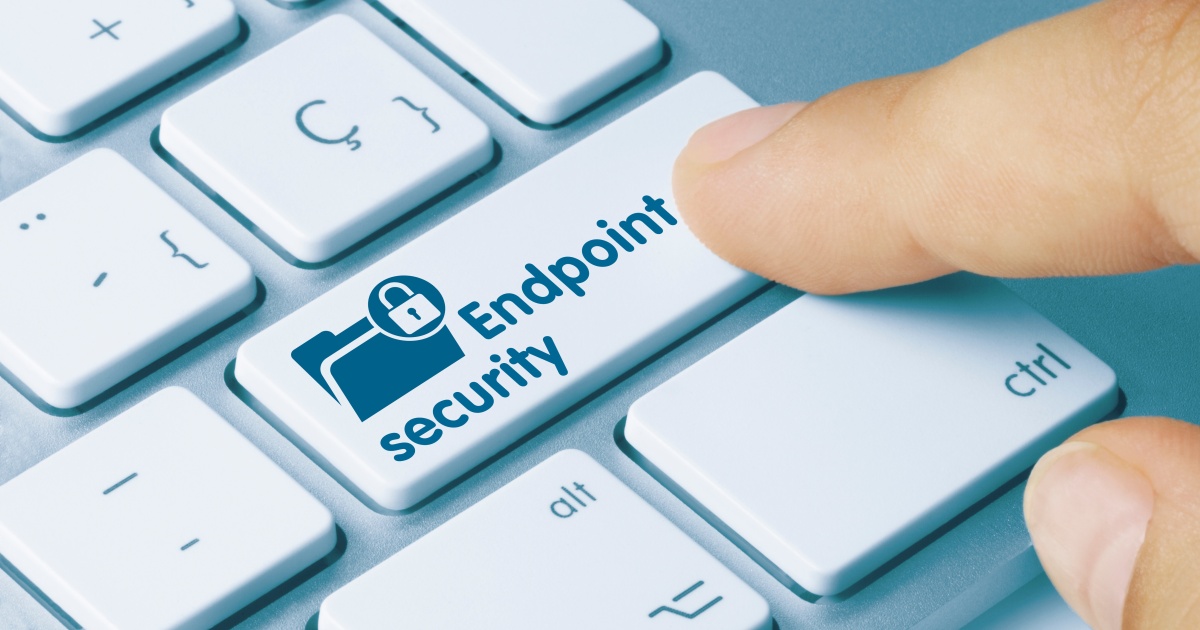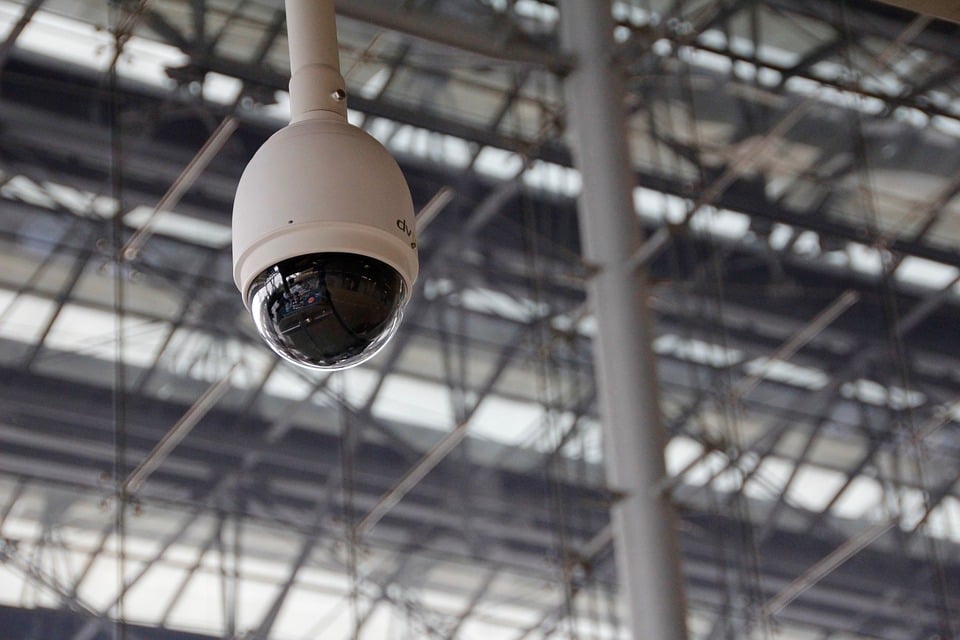
Sophos introduced new endpoint security innovations that aim to enhance protection, improve operational efficiency, and speed up detection and response. The new features include adaptive active adversary protection, Linux malware protection enhancements, account health check capabilities, and an integrated zero trust network access (ZTNA) agent for Windows and macOS devices. These upgrades help to bolster defenses against advanced cyber threats and streamline endpoint security management.
Right now, it is crucial for organizations to strengthen their defenses as attacks are becoming more sophisticated and challenging to detect, requiring advanced security measures that can sense and adapt quickly to better protect against these threats.
“Ransomware remains one of the most prevalent and damaging cyberthreats to organizations, with Sophos incident responders still consistently remediating ransomware activity worldwide,” said Raja Patel, senior vice president of products at Sophos.
With the new adaptive active adversary protection, defenders get more time to respond to targeted attacks that are underway. And with Sophos Intercept X heightened defenses are activated as soon as it detects a “hands-on-keyboard” endpoint intrusion.
Sophos also introduced a faster and lighter agent for Windows that improves the performance of devices and applications by reducing the memory footprint by 40% and the number of processes by more than 30%. The company has also launched a new XDR sensor deployment option, which is approximately 80% lighter than the previous full agent, making it more efficient.
As part of the Linux malware protection enhancements added to the Sophos Intercept X Advanced for Server offering, users get on-access malware scanning and quarantine capabilities. This includes new live runtime detections and response to container escapes, cryptominers, data destruction, and kernel exploits.
The new account health check feature offers real-time monitoring of security configurations and policy settings so organizations can quickly optimize their security posture and return to recommended settings with a single click.
“Now isn’t the time for organizations to let their guard down because of any perceived reduction in attacks; in fact, they should be strengthening defenses as attacks are now more intricate and difficult to detect, requiring advanced security techniques that can sense and then quickly adapt to better protect themselves,” said Patel.
Edited by
Greg Tavarez






